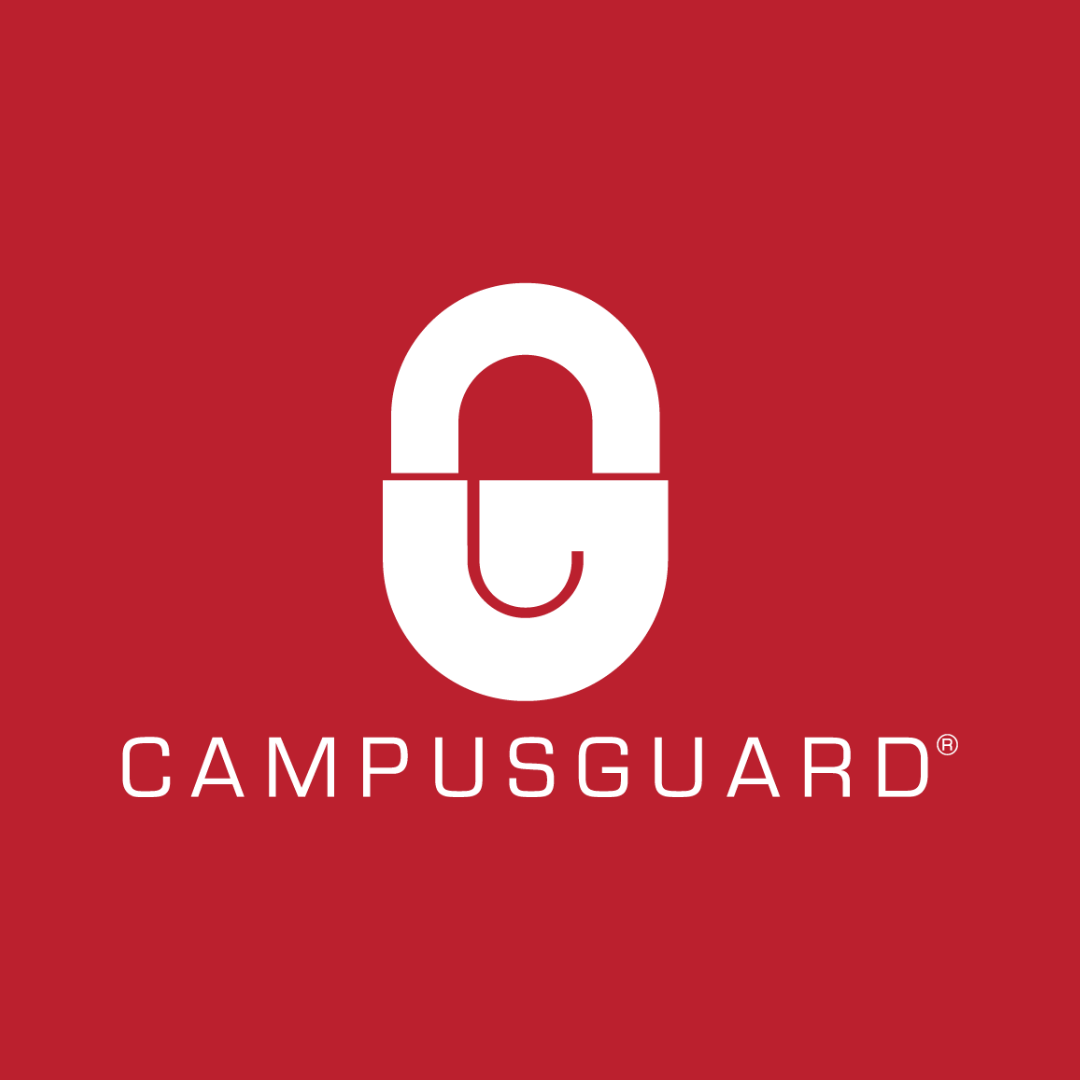
The Silent Breach You Never See Coming
Imagine you’re a parent logging into your child’s university portal to pay a tuition bill. The page looks normal, the payment processes smoothly, and you move on with your day, believing everything is secure.
But behind the scenes, cybercriminals have infiltrated the university’s single sign-on (SSO) system. Sensitive information, including bank details, academic records, and personal identifiers, has been compromised and posted to the dark web after months of undetected access. The university acts quickly once it learns of the compromise, bringing in experts and notifying those affected, but for families, the damage is already done. Trust has been shaken.
This isn’t a hypothetical scenario. In April 2024, a university in Sydney, Australia, confirmed that attackers had gained months of unauthorized access to its SSO environment, exposing sensitive information tied to more than 10,000 current and former students and staff. By the time the breach was discovered, much of the data had already surfaced online, leaving families questioning whether the university could safeguard its most trusted systems.
This kind of breach is silent, invisible, and long-lasting, illustrating the same type of risk higher education institutions face from e-skimming, a client-side attack that happens not in the backend but directly in the browser.
Your Reputation Is at Risk
Unlike ransomware that locks down systems or phishing campaigns that flood inboxes, e-skimming attacks are invisible. A single malicious script injected into a payment page can quietly capture cardholder data in real time. Transactions appear legitimate, receipts are issued, and operations continue as normal, yet data is exfiltrated with every click.
Universities are particularly vulnerable because of the number of payment portals they rely on: tuition systems, bookstores, housing deposits, dining services, alumni donations, and event ticketing. Many of these services are vendor-managed but branded with the institution’s identity. To students, parents, and alumni, there is no difference. If their payment data is stolen, they see the university as the one that failed them.
The university case in Sydney shows just how damaging a stealth breach can be. Long after the attackers gained access, students and parents were still logging in daily, unaware that their information was being harvested. The eventual disclosure didn’t just reveal a technical compromise; it raised doubts about whether the institution could be trusted with sensitive data.
Now apply that same scenario to e-skimming. Instead of backend credentials or academic records, it’s credit card numbers and personal details skimmed during tuition payments or alumni donations. The breach doesn’t lock systems or cause obvious disruption. It quietly undermines the confidence of everyone who transacts with your institution.
The Compliance Connection
This is why PCI DSS 4.0.1 has raised the bar. Under the latest PCI DSS requirements, institutions must now prove they are not only monitoring their own systems but also extending oversight to third-party and vendor-managed environments. These PCI DSS requirements include:
- 6.4.3 – Confirm that each script is authorized, ensure the integrity of each script, maintain an inventory of all payment page scripts, and justify why they are necessary.
- 11.6.1 – Monitor payment page headers for changes at least once every seven days and alert and block all malicious scripts on your payment pages.
A cardholder data breach also triggers engagement with a PCI Forensic Investigator (PFI), while state breach laws and FERPA obligations layer on strict notification requirements. Timelines are tight, and expectations are clear: institutions must be able to contain, investigate, remediate, and communicate quickly.
From Response to Readiness
The challenge is that e-skimming happens in the browser outside the reach of most traditional security tools. That’s why incident response planning is so critical. Institutions need to map out what happens when a breach occurs: how pages will be taken offline, how malicious scripts will be identified, how evidence will be preserved, and how affected communities will be notified.
More importantly, those plans should not exist on paper alone. They need to be tested regularly and backed by visibility into client-side activity. ScriptSafe™ provides visibility, monitoring scripts in real time, and blocking malicious behavior before it can siphon data. Combined with compliance expertise, ScriptSafe ensures that incident response planning addresses both the technical and regulatory demands of e-skimming.
Test Your Plan Before You Need It
E-skimming attacks unfold silently and spread quickly, but your institution’s response doesn’t have to be chaotic. A tested, well-structured incident response plan reduces downtime, limits reputational harm, and reassures stakeholders when it matters most.
When was the last time your institution tested its e-skimming response plan?
CampusGuard can help you benchmark your readiness, align your plan with PCI DSS 4.0.1, and ensure you’re prepared before the next silent breach strikes.
Contact us for a free ScriptSafe demo, or to get started!

